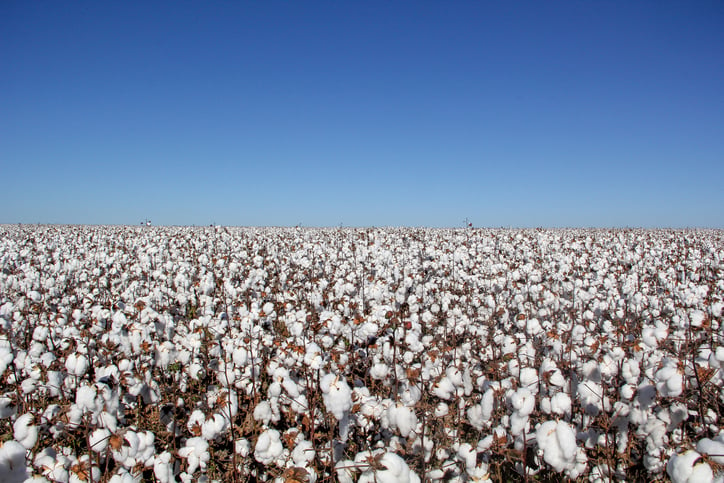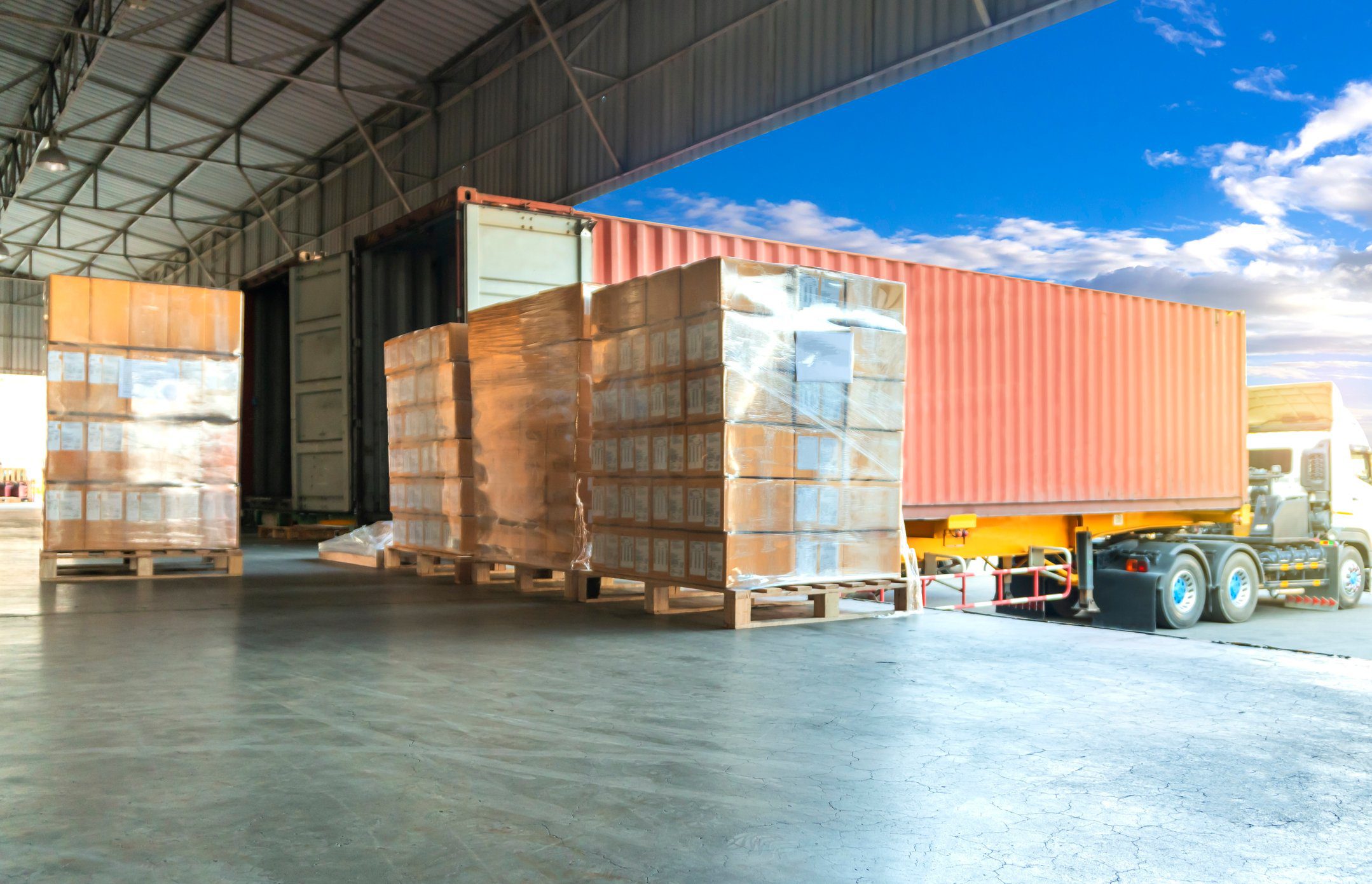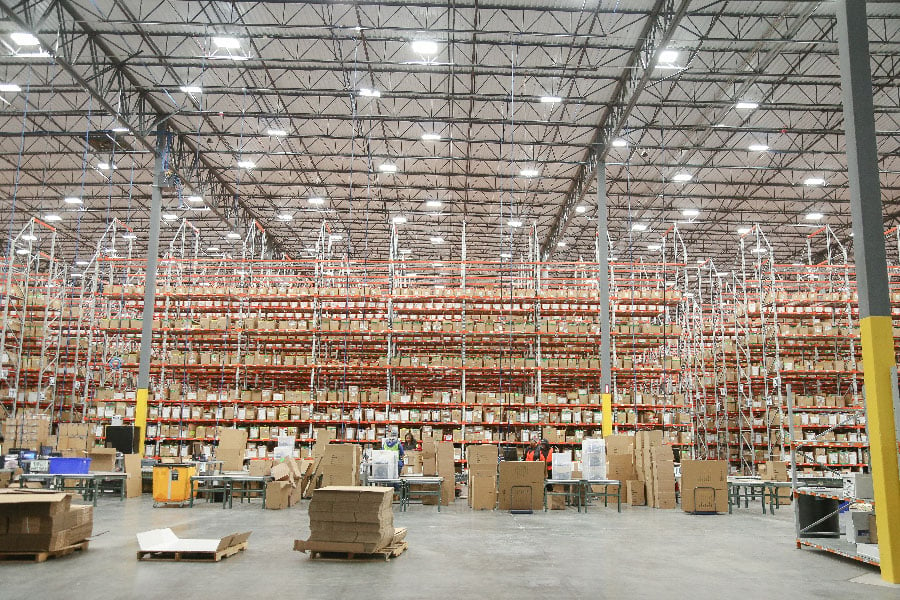25 May Unwelcome supply chain surprises: Withhold Release Orders
Importers need to add one more worry to their supply chains: detention orders issued by CBP for issues surrounding withhold release orders. Just as companies should perform due diligence before...







